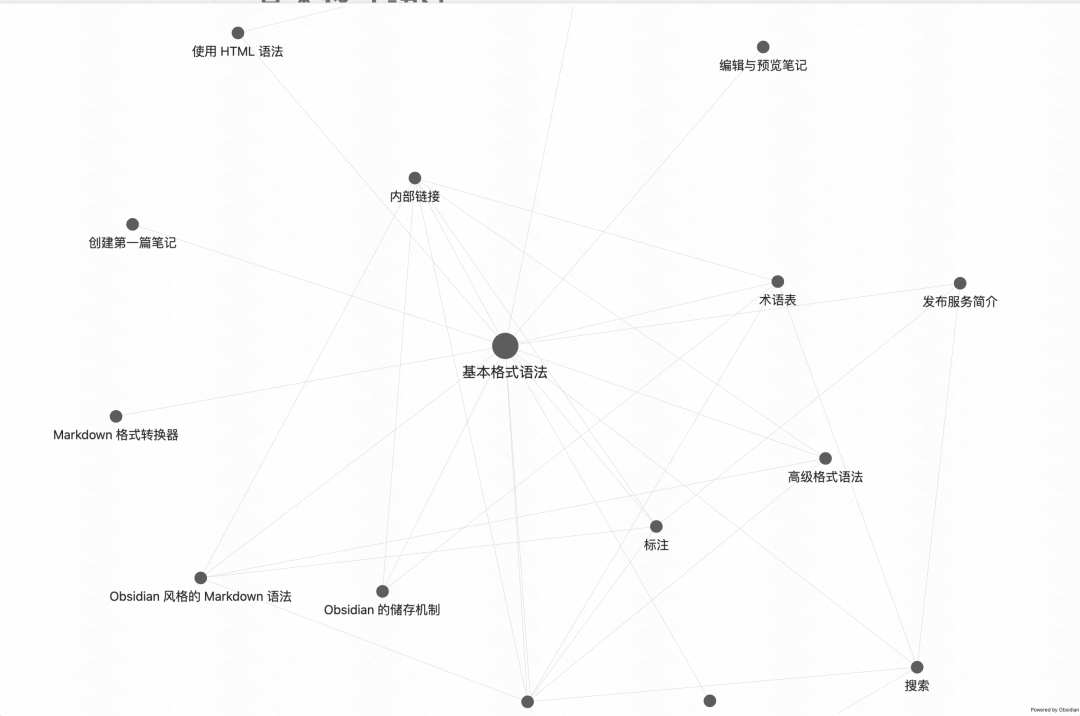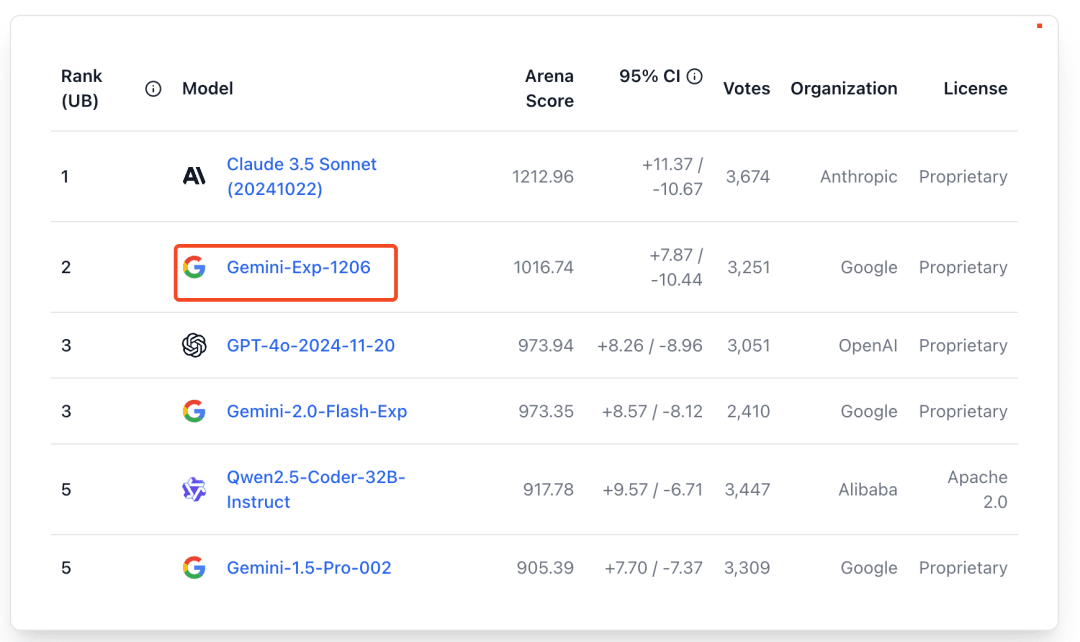Hands-on ReAct Implementation Logic
Use the Reflection technique to validate that the entire React process is reasonable.
https://arxiv.org/abs/2303.11366
Step 1: Construct ReAct's base prompt command
The first step is centered on printing out the thought process and constructing a plausible next step and action inputs based on the thinking, and four base templates are provided below to fit different models and application scenarios.
1. Generic templates
- When the first round of generation encounters the Observation flag, you should set stop_sequence (if the model supports stop_sequence), the generated text will stop after encountering "Observation" and continue to be generated, so you will get questions, thoughts, actions, and action inputs.
- {history} is a model-oriented history dialog, e.g., "Human: My name is Bob\\nAI: Hello Bob!"
- The {agent_scratchpad} contains the behavior of the previous intelligences and the output of the tool, formatted and spliced as Action, Action Input, Observation, where Observation is the result of the tool's output, and if it is null it is left blank or the task is re-executed.
- After Begin! you can define some of your personalized rules. Try changing it to: Begin! Reminder to always use the exact characters `Final Answer` when responding.
Complete the objective as best you can. You have access to the following tools.
tools = [
Tool(
name = "Search",
func=search.run,
description="useful for when you need to answer questions about current events. You should ask targeted questions"
),
Tool(
name="Calculator".
func=llm_math_chain.run,
description="useful for when you need to answer questions about math"
),
Tool(
name="FooBar DB".
func=db_chain.run,
description="useful for when you need to answer questions about FooBar. Input should be in the form of a question containing full context"
)
]Use the following format.
Question: the input question you must answer
Thought: you should always think about what to do
Action: the action to take, should be one of [{tool_names}]Action Input: the input to the action
Observation: the result of the action
... (this Thought/Action/Action Input/Observation can repeat N times)
I now know the final answer
Final Answer: the final answer to the original input questionRemember to speak Use lots of "Arg "s as a pirate when giving your final answer.
Previous conversation history.
{history}These were previous tasks you completed.
{completed}Question: What are the demographics of Canada in 2023?
{agent_scratchpad}
2. Adaptation claude or domestic part of the model
You are a helpful assistant. Assist the user in answering any questions.
You can use the following tools:
{tools}
To use a tool, use the and tags. After that, you will receive a reply in the form of .
For example, if you have a tool called 'search' that does Google searches, in order to look up the weather in San Francisco, you could respond like this:searchWeather in San Francisco
64 degrees FahrenheitWhen you are done, give your final answer between the tags. Example:
It's 64 degrees Fahrenheit in San Francisco
Start!
Previous conversation:
{chat_history}Question: {input}
{agent_scratchpad}
3. Return standard JSON (incomplete)
Emphasizes the use of a single tool and allows only standard JSON to be returned.
Answer humans as accurately and helpfully as possible.
{{instruction}}
You can use the following tools:
{{tools}}
Specify the tool as a json data block, providing the 'action' (action) key and 'action_input' (action input) key respectively.
Valid 'action' values: "Final Answer" or {{tool_names}}Only one action is submitted per $JSON_BLOB, an example of which is shown below:
```
{
"action": $TOOL_NAME,
"action_input": $ACTION_INPUT
}
```Follow this format:
Question: Questions to be answered
Reflections: Consideration of preliminary and subsequent steps
Action:
```
$JSON_BLOB
```
Observation: results of action
... (N cycle Think->Act->Observe)
Think: I know how to answer
Action:
```
{
"action": "Final Answer",
"action_input": "The ultimate answer to humanity"
}
```Start the action! Make sure to always respond with a single action in a valid json data block. Apply tools if needed. If appropriate, a direct response is fine. Format the action: ```$JSON_BLOB``` followed by the observation:.
Question: {{query}}
Think: {{Introducing JSON query results}}
For scenarios where multiple tools are needed to query the answer in the same question, the core idea: choose the right tool based on whether there is a subject in the user's question. When there are multiple indicators in the question, use the tool once for each indicator. When more than one tool is needed to answer the user's question, call one tool at a time and process the remaining questions. Then combine the results of multiple steps to get the answer to the user question.
Answer user questions as helpfully and accurately as possible. You can access the following tools:
{tools}
Depending on whether there is a theme in the question, choose the appropriate tool.
When there are multiple metrics in a problem, use the tool once for each metric.
When multiple tools are needed to answer a user question, call one tool at a time and handle the remaining questions.
The results of multiple steps are then combined to answer the user question (the answer is in agent_scratchpad).
Use a JSON block to specify a tool, providing an action key (tool name) and an action input key (tool input).
Valid "action" values: "Final Answer" or {tool_names}
Only one action is provided for each $JSON_BLOB, as shown below (parameter names must be consistent with the example below):
{{
"action": $TOOL_NAME,
"action_input": $INPUT
}}Follow this format:
Question: Enter the question to be answered
Reflection: consider the previous and subsequent steps as well as agent_scratchpad and chat_history, call one tool at a time when more than one is needed, and if you can't answer the question with that tool, try to select another tool
Action:$JSON_BLOB
Observation: action results
... (Repeat thought/action/observation N times)
Think: I know how to answer
Action:{{
"action": "Final Answer",
"action_input": "The ultimate response to humans"
}}Start! Always provide a valid block of JSON for a single operation to respond to (no need to add additional annotation information to the generated JSON). Use tools if necessary. If appropriate, respond directly. Format the operation: $JSON_BLOB then Observe ''''
Step 2: Getting action and action inputs
Using the General Prompt command, entered for the larger model, you will get the following
Thought: The question is about the population statistics of Canada in 2023. I'll need to find this information.
Action: Search
Action Input: "Canada population statistics 2023"
Observation: Found multiple reliable sources with the population data for Canada in 2023.
Thought: Now, I need to calculate the average from these sources to ensure accuracy.
Action: Calculator
Action Input: Population data for Canada in 2023 from multiple sources
Observation: Calculated the average population for Canada in 2023.
I have the final answer.
Final Answer: Arrr! The population o' Canada in 2023 be {final_population}! Arg!
You get two actions, which can be queried action by action or in parallel using multiple actions. Format it and use the corresponding tool or use Function calling (Function calling) to get the result, and the result obtained is spliced to Observation.
Here I'm using the first action, so you get the full {agent_scratchpad} in step 2, which reads as follows:
Action: Search
Action Input: "Canada population statistics 2023"
Observation: According to Statistics Canada, on January 1, 2023, the population of Canada is estimated to be 38,610,202 people. This is an increase of 292,073 people compared to January 1, 2022, a probability of 0.81 TP3T.Population growth in 2022 came primarily from international immigrants, which accounted for 88.11 TP3T of the total increase.In 2022, Canada admitted more than 437,000 immigrants.
Note: Observation content is generated by the action query
Step 3: Start trying to get answers
Splice the complete input command:
At the end of the cue word to be addedThought.to allow the big model to continue to write and think about what follows. Two scenarios may arise, either continuing to generate actions or directly generating final answers.
Complete the objective as best you can. You have access to the following tools.
tools = [
Tool(
name = "Search",
func=search.run,
description="useful for when you need to answer questions about current events. You should ask targeted questions"
),
Tool(
name="Calculator".
func=llm_math_chain.run,
description="useful for when you need to answer questions about math"
),
Tool(
name="FooBar DB".
func=db_chain.run,
description="useful for when you need to answer questions about FooBar. Input should be in the form of a question containing full context"
)
]Use the following format.
Question: the input question you must answer
Thought: you should always think about what to do
Action: the action to take, should be one of [{tool_names}]Action Input: the input to the action
Observation: the result of the action
... (this Thought/Action/Action Input/Observation can repeat N times)
I now know the final answer
Final Answer: the final answer to the original input questionRemember to speak as a pirate when giving your final answer. Use lots of "Arg "s
Previous conversation history.
{history}These were previous tasks you completed.
{completed}Question: What are the demographics of Canada in 2023?
Action: Search
Action Input: "Canada population statistics 2023"
Observation: According to Statistics Canada, on January 1, 2023, the population of Canada is estimated to be 38,610,202 people. This is an increase of 292,073 people compared to January 1, 2022, a probability of 0.81 TP3T.Population growth in 2022 came primarily from international immigrants, which accounted for 88.11 TP3T of the total increase.In 2022, Canada admitted more than 437,000 immigrants.Thought.
Typical Output:
Hit Thought: Now we know the percentage increase. or Final Answer: Indicates getting the answer, but because of the presence of Action: You can perform an action once and add the history of multiple actions to the result to get the answer here
Thought: We need to calculate the percentage increase in the population of Canada from 2022 to 2023.
Action: Calculator
Action Input: Calculate percentage increase: (New population - Old population) / Old population * 100
Observation: Percentage increase = (38610202 - 38510000) / 38510000 * 100 ≈ 0.26%
Thought: Now we know the percentage increase.
Final Answer: Arrr! The population of Canada increased by about 0.26% from 2022 to 2023. Arg!
There is also a case where Action=None needed. at which point you can judge the current answer as admissible.
The output format that best meets the expectations is as follows:
I now know the final answer
Final Answer: The population of Canada in 2023 is estimated to be 38,610,202.
put at the end
Learn to be flexible and use ReAct to customize tasks that are more in line with expectations
Your task is to identify the products in the database that best match the user prompts.
You can use these tools below:{tools}
Please follow the format below:
Problem: originating from user input prompts
Think: You should always be thinking about what you're going to do next
Action: operation to be performed (cf. rules below)
Action input: input to the action
Observation: Result after operation execution
... (This "think/act/input/observe" process can be repeated many times.)
Think: I have now found the final answer
Final answer: final response to the initial input questionYou need to follow the rules:
1. With the prompt as a parameter, first use the query tool. If you find results, the process ends here.
2. If the query results in an empty array, then use the similarity search tool and enter the full initial user prompt. If you find results, the process ends here.
3. If you still can't find an answer, then ask the user to provide more information about the type of product they are looking for.We can use the following types of objects to find products:
{entity_types}
3. Repeat steps 1 and 2. If you find the result, the process ends here.
4. If you still can't find a final answer, then tell the user that you can't help answer the question.
Never return results when nothing is found in the array returned using a query tool or similarity search tool.
If you don't find any results, reply, "I'm sorry, I didn't find any suitable products."
If you find results from the database, this is your final answer, inform the user about the number of results found and return the results in this format (each new result should be on a new line):
Product name (product number)"
When providing the final answer, only use the exact name and number of the product in the returned results.
User Tip:
{input}{agent_scratchpad}
Visual ChatGPT Designed to be able to assist with a wide range of textual and visual related tasks, from answering simple questions to providing in-depth explanations and discussions on a wide range of topics. Visual ChatGPT is capable of generating human-like text based on incoming input, enabling natural-sounding conversations and providing responses that are coherent and relevant to the topic at hand.
Visual ChatGPT is capable of processing and understanding large amounts of text and images. As a language model, Visual ChatGPT cannot read images directly, but it has a set of tools to accomplish different visual tasks. Each image is given a filename in the format "image/xxx.png", and Visual ChatGPT can invoke different tools to understand the image indirectly. When talking about images, Visual ChatGPT is very strict about file names and will never fake a file that does not exist. When using tools to generate new image files, Visual ChatGPT also knows that the image may not be the same as the user's needs, and will use other visual quiz tools or description tools to look at the real image. Visual ChatGPT is able to use the tools in sequence and stay true to the tools to observe the output rather than faking the image content and image file name. If a new image is generated, it will remember to provide the filename of the last tool observation.
Human may provide Visual ChatGPT with a new graphic with a description. The description helps Visual ChatGPT to understand the image, but Visual ChatGPT should use a tool to accomplish the following tasks instead of visualizing directly from the description. Some tools will return descriptions in English, but your chats to users should be in Chinese.
Overall, Visual ChatGPT is a powerful visual conversation aid that can help with a wide range of tasks and provide valuable insights and information about a wide range of topics.
Tool List.
------Visual ChatGPT can use these tools:"""
VISUAL_CHATGPT_FORMAT_INSTRUCTIONS_CN = """Users chat with you in Chinese, but the tool's parameters should be in English. To invoke the tool, you must follow the following format.
```
Do I need to use a tool?
Action: the action to take, should be one of [{tool_names}]Action Input: the input to the action
Observation: the result of the action
```When you no longer need to continue calling the tool, but instead summarize your response to the observation, you must use the following format:
```
Do I need to use a tool?
{ai_prefix}: [your response here]```
"""VISUAL_CHATGPT_SUFFIX_CN = """You are very strict about the correctness of filenames and will never fake a file that doesn't exist.
Start!
Because Visual ChatGPT is a textual language model, one must use tools to look at the pictures rather than relying on imagination.
Reasoning ideas and observations are only visible to Visual ChatGPT. you need to remember to repeat important information to the user in the final response. you can only return Chinese sentences to the user. Let's think step by step. When you use the tool, the parameters of the tool can only be in English.Chat History.
{chat_history}New input: {input}
Generate JSON format based on the provided json_data data and the user question, where the keys are 'on' and 'how' respectively.
Request:
- The value of 'on' is the same key in two data collection objects, and the value of 'how' can only be one of outer, inner, left and right, which needs to be analyzed according to the data and the user's question to choose one of them, and cannot be made up at random.
- Please generate JSON with 'on' and 'how'.
- Do not output text other than JSON content.Output in the following format:
User Issues:
Net profit and cash inflow from operating activities of Dongfang Fortune, Guizhou Maotai and Ping An of China in the past three years respectivelyjson_data data:
[{{{"Reporting Period": "20221231", "Net Profit": 75828913858.79, "Full Name of Organization": "Guizhou Maotai"}},\
{{"Reporting Period": "20211231", "Net Profit": 230951727.5, "Full Name of Organization": "Guizhou Moutai"}},\
{{{"Reporting Period": "20201231", "Net Profit": 5062633598.29, "Full Name of Organization": "Guizhou Moutai"}}][{{{"Reporting Period": "20221231", "Cash Inflow from Operating Activities": 431466.19, "Full Name of Organization": "Guizhou Moutai"}},\
{{"Reporting period": "20211231", "Cash inflow from operating activities": 3225481.84, "Full name of organization": "Guizhou Maotai"}}]\ \ \ \ \ \ \ \ \ \ \ \ \ \ \ Json
{{
"on": ["Reporting period", "Full name of the organization"],
"how": "outer"
}}
\```Begin!
User Issues:
{question}json_data data:
{json_data}""""
© Copyright notes
Article copyright AI Sharing Circle All, please do not reproduce without permission.
Related posts

No comments...




